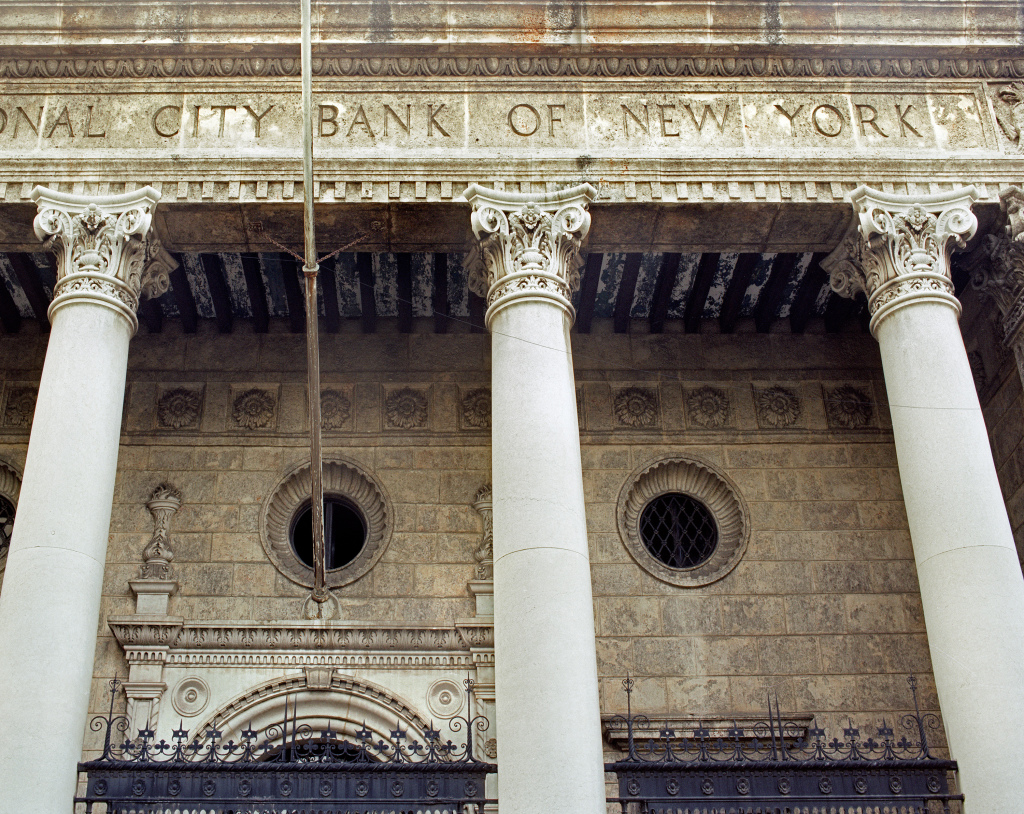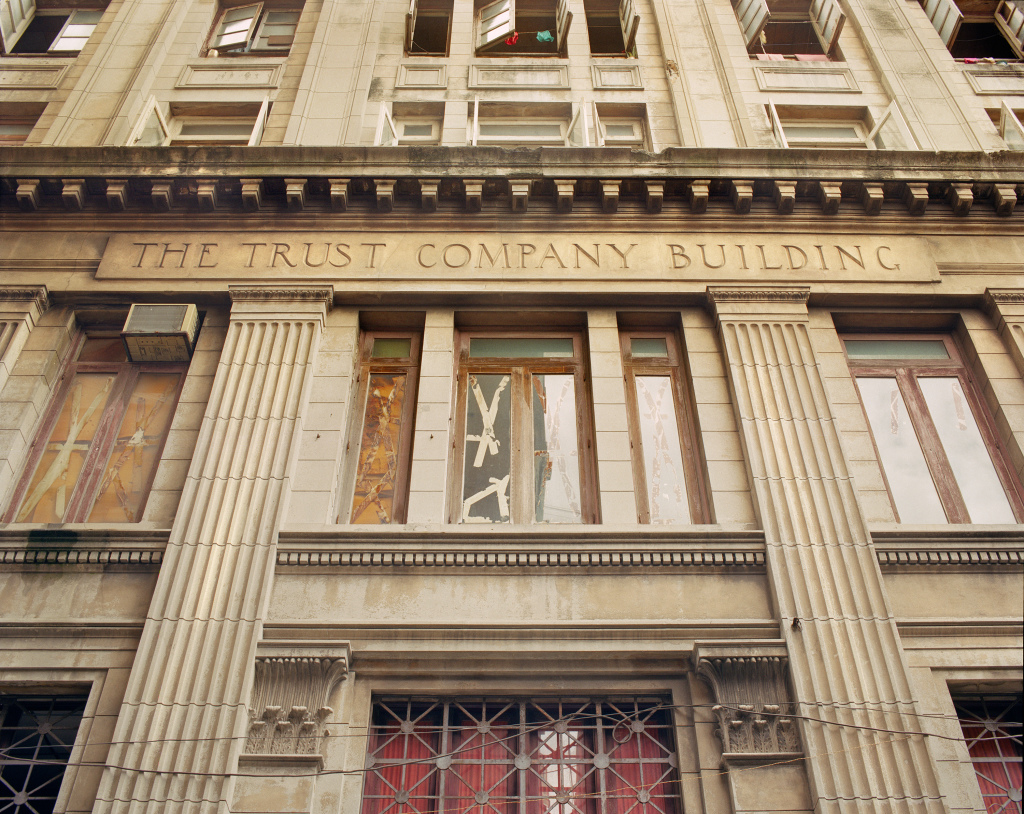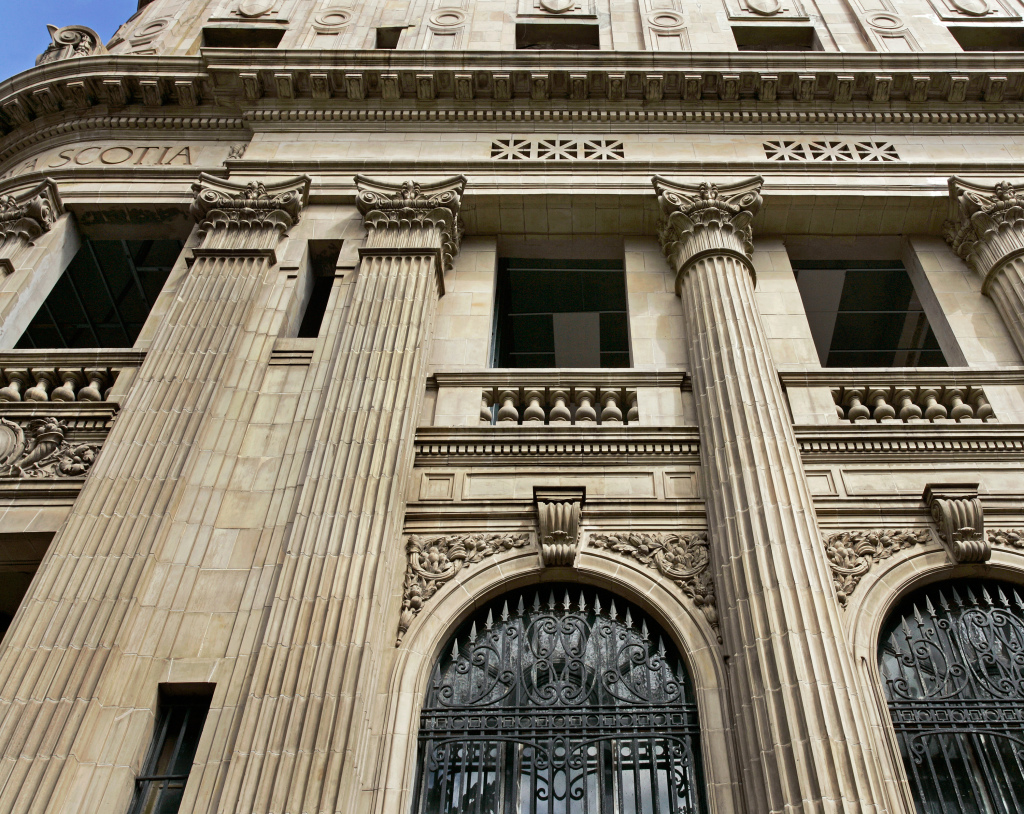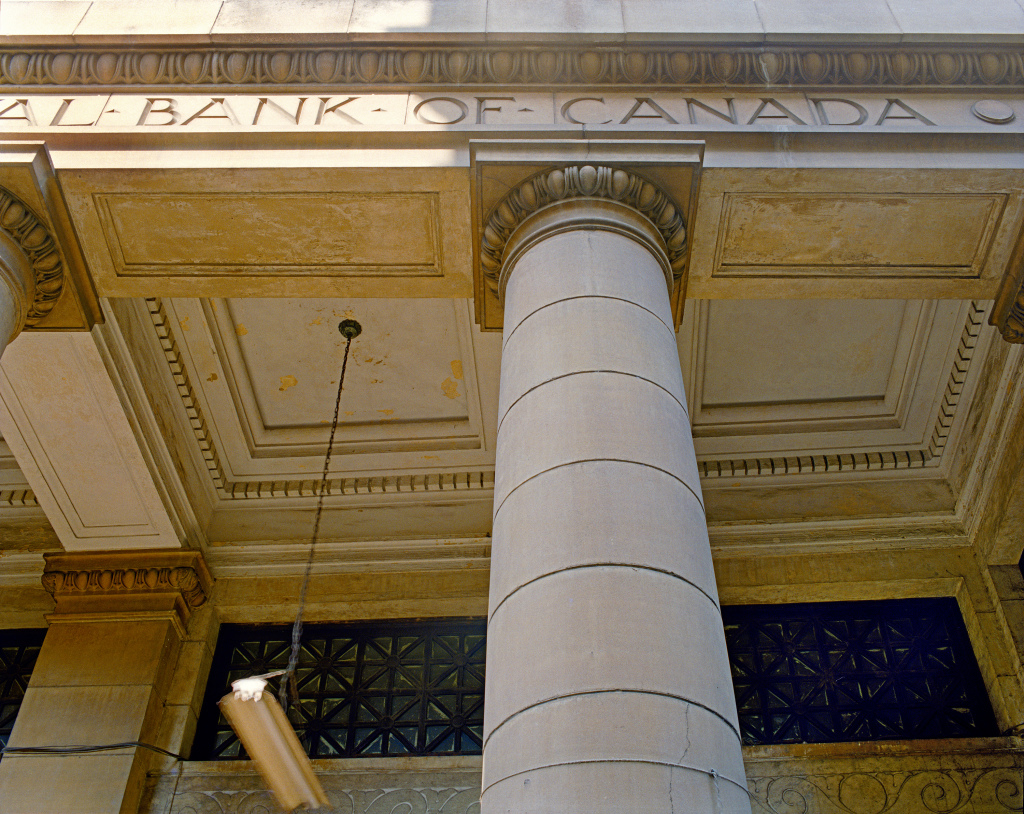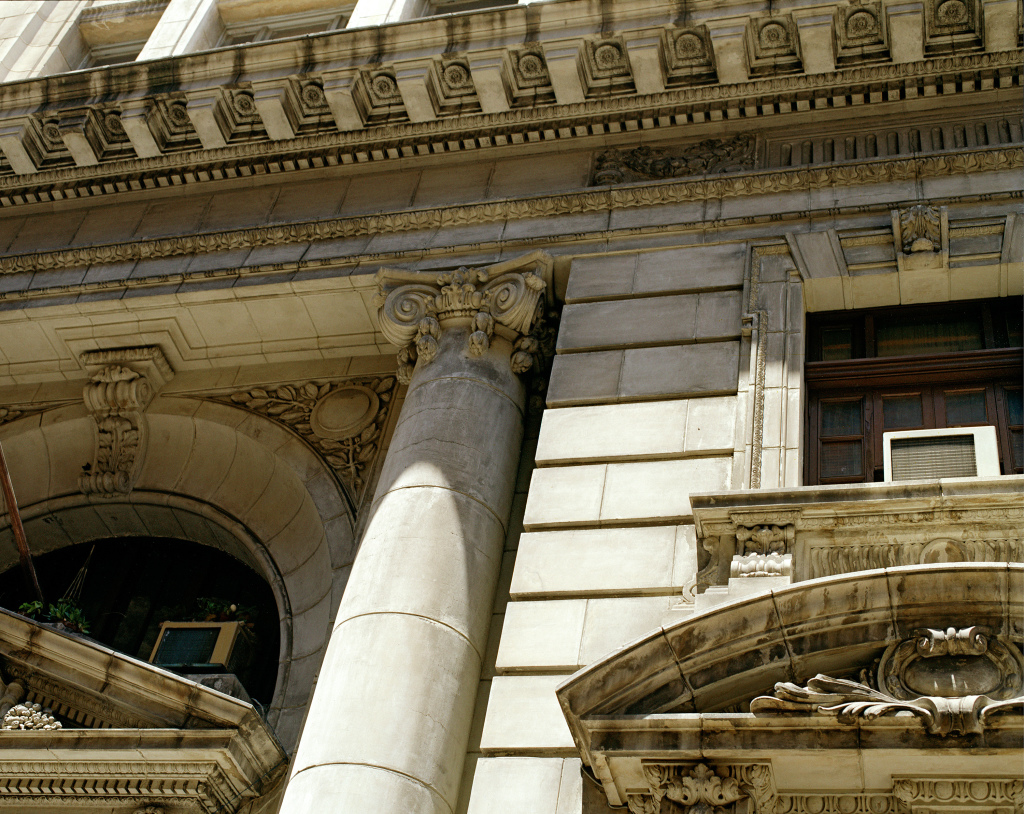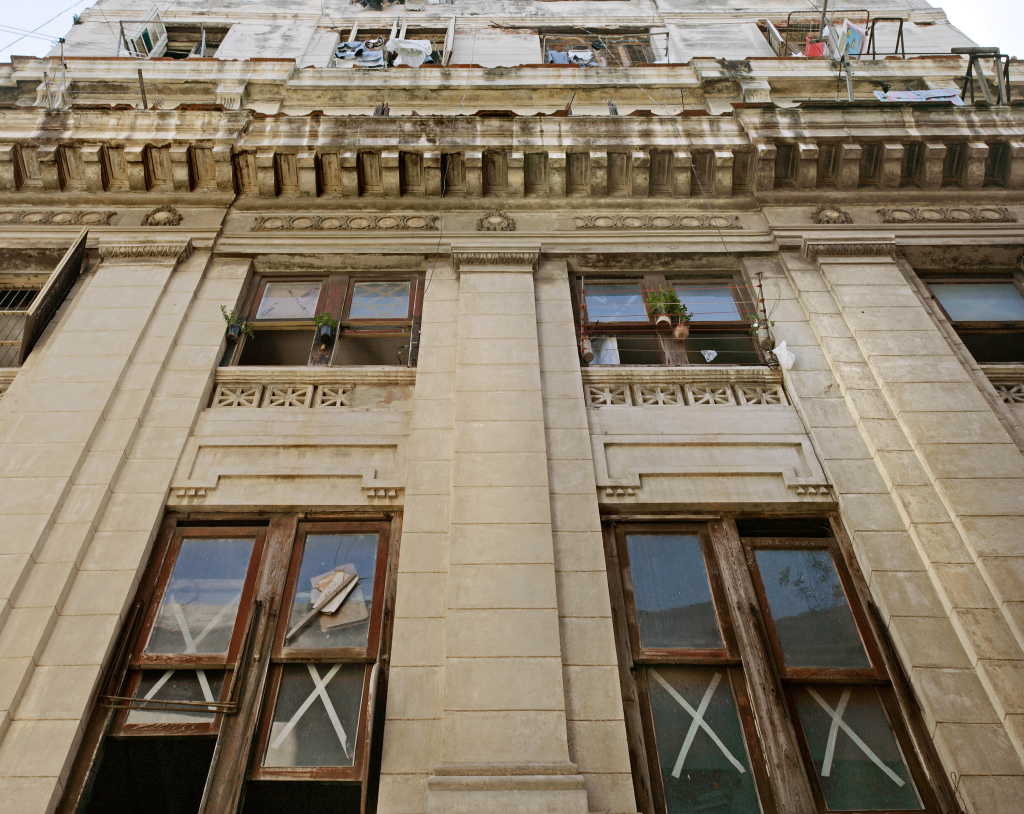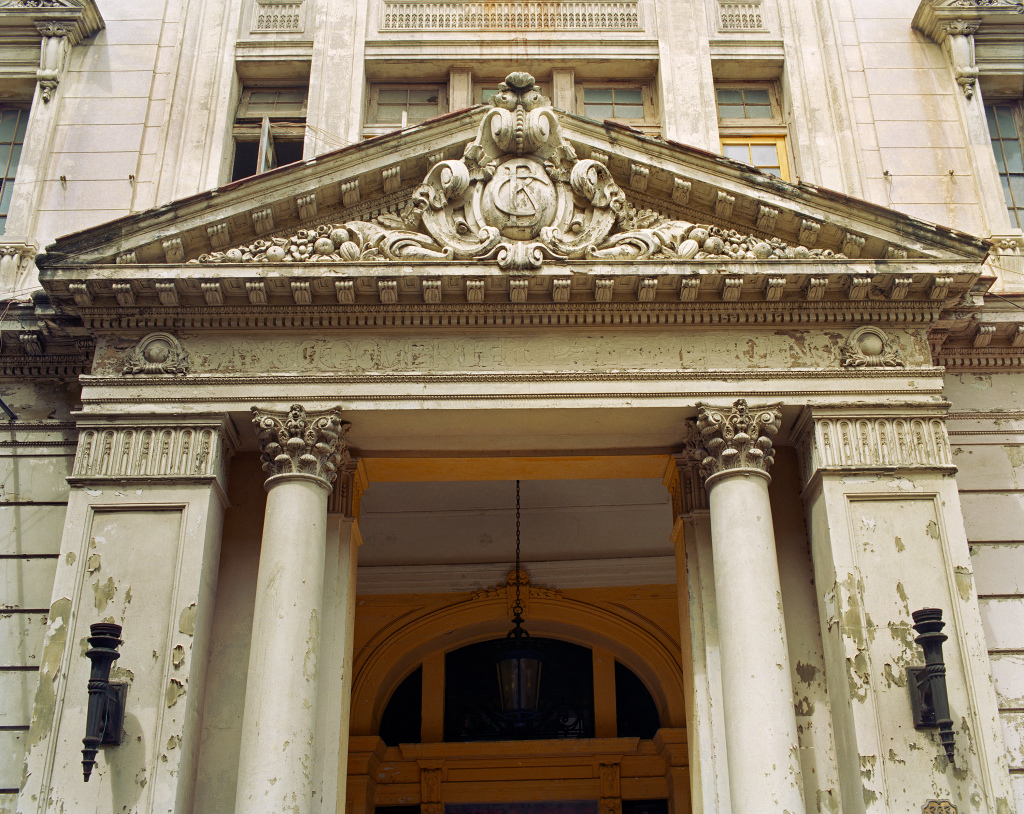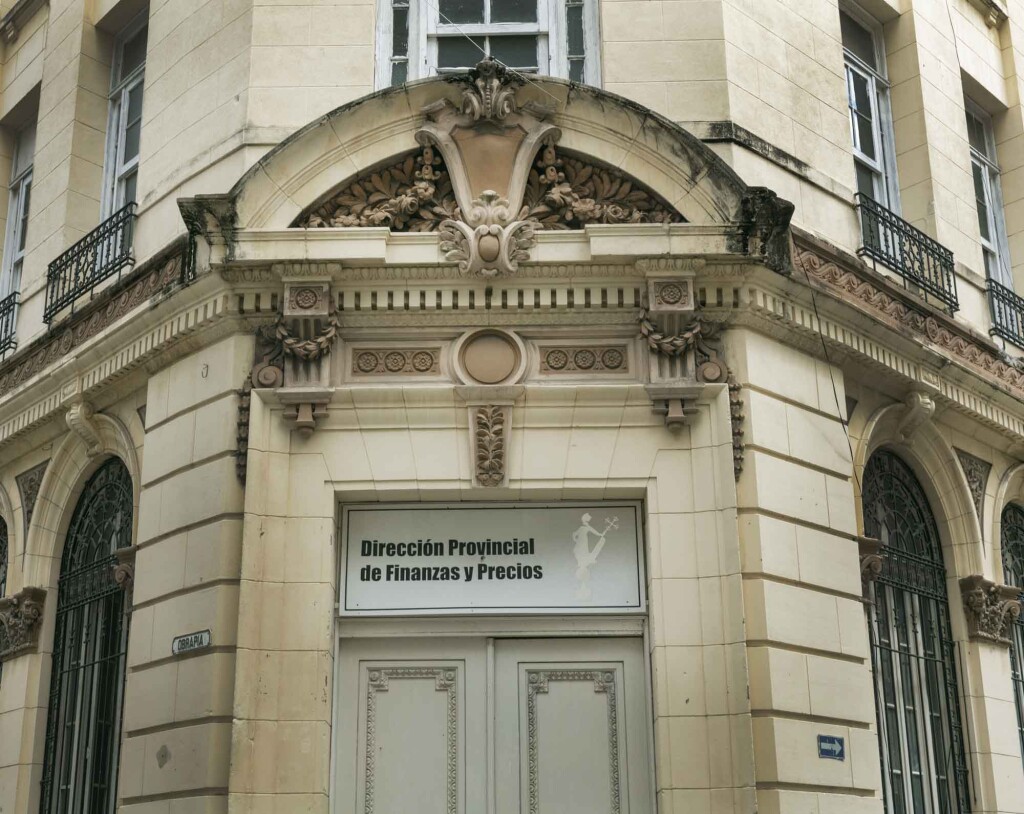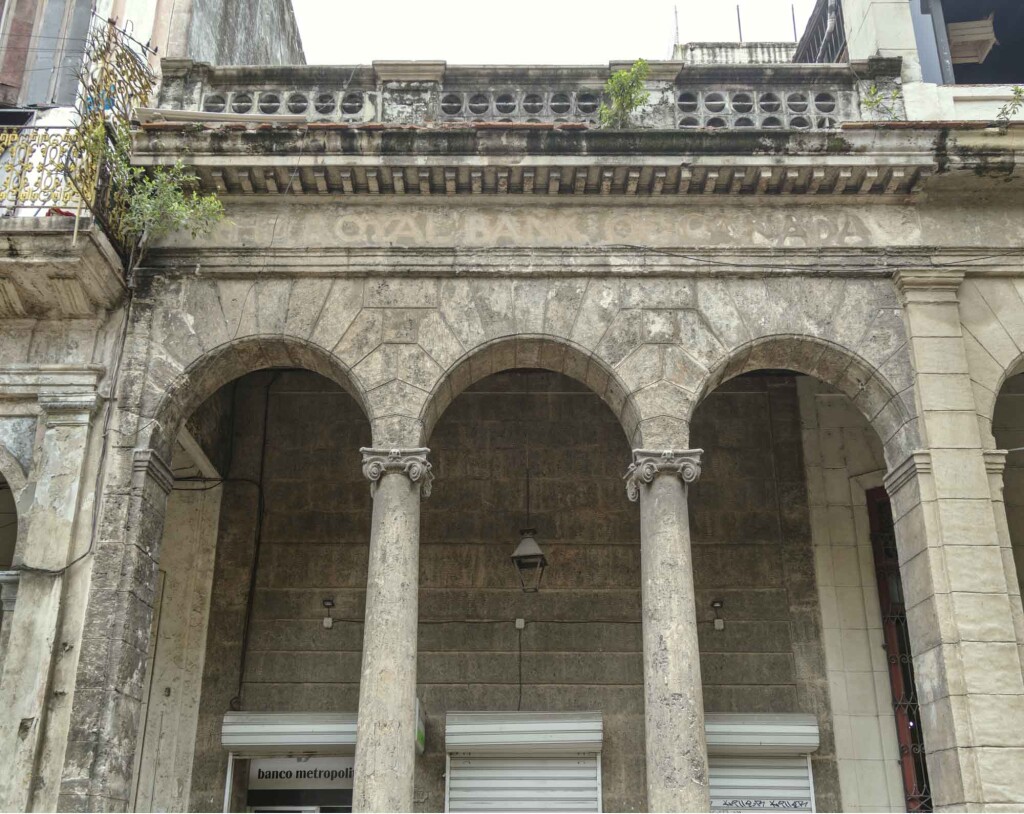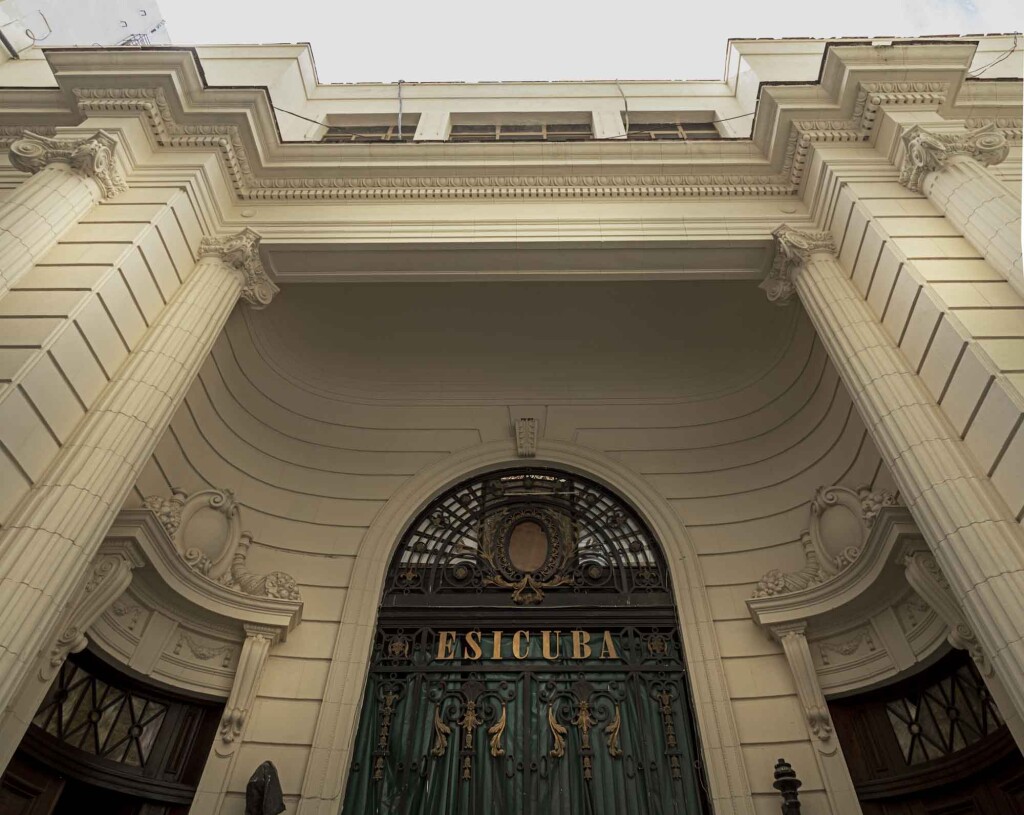


Wall Street in Cuba
In the latter half of the nineteenth century, proponents of Manifest Destiny in the U.S. compared Cuba to a ripening fruit destined to fall into American hands. Under Spanish colonial rule there had been numerous wars of independence in Cuba. But it was not until Spain’s defeat in the Spanish-American War that independence was won. When Spain’s troops evacuated Cuba on January 1, 1899, the United States began its own type of colonialism.
The Platt Amendment to the U.S. Constitution passed November 12, 1901 and it defined the terms of U.S.-Cuban relations. In 1902 U.S. occupation was ended, and in 1903 the amendment was turned into a permanent treaty revocable only by the mutual consent of both countries. Part of this treaty was the provision that the U.S. could maintain a military base on the island and intervene militarily at any time to “preserve Cuban independence.” In 1934, as the result of Franklin D. Roosevelt’s Good Neighbor Policy, the treaty was repealed, but the lease on Guantanamo Bay has been maintained under the original terms of mutual consent to this day.
Between 1899 and 1934 the island was militarily occupied on four occasions and was twice ruled by officials of the U.S. War Department. Throughout this period the Cuban military and dictators were managed by the U.S. government, and most of the nation’s resources and finances were controlled by North American business and banking interests.
In the old section of Havana there remains an area that reminds one of New York’s Wall Street district. In it are a number of North American financial and corporate buildings dating from the beginning of this century to the early thirties. They are remnants of one period of external control as well as monuments to the United States’ ability, tendency, and inclination to expand into Cuba.
Andrea Robbins and Max Becher 1993

